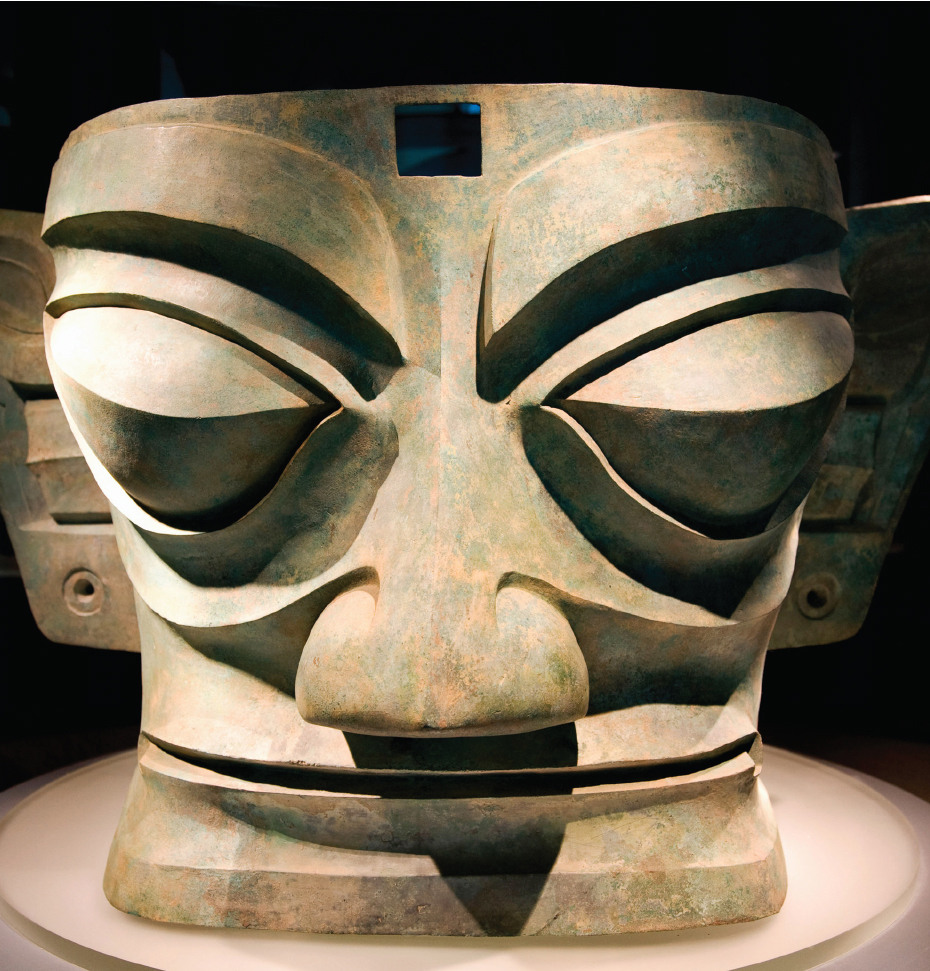Introduction for Chapter 4
4 China’S Classical Age TO 221 B.C.E.
> How did war and conquest shape China’s development in the Classical Age? Chapter 4 examines the development of the central features of Chinese society in the Classical Age. Chinese history is commonly discussed in terms of a succession of dynasties. The Shang Dynasty (ca. 1500–

LearningCurve
After reading the chapter, use LearningCurve to retain what you’ve read.
| ca. 5000 B.C.E. | 500– |
| Emergence of regional Neolithic settlements | Golden age of Chinese philosophy |
| ca. 1500– |
453– |
| Shang Dynasty | The Art of War |
| ca. 1200 B.C.E. | 403– |
| Evidence of writing found in royal tombs; chariots come into use | Warring States Period; decline of the Zhou Dynasty |
| ca. 1050– |
ca. 370– |
| Zhou Dynasty | Mencius |
| ca. 900 B.C.E. | ca. 350 B.C.E. |
| Book of Songs, Book of Changes, Book of Documents | Infantry armed with crossbows |
| 551– |
ca. 310– |
| Confucius | Xunzi |
| ca. 500 B.C.E. | ca. 300– |
| Iron technology in wide use; cities spread across the central Zhou states | Early Daoist teachings outlined in Laozi and the Zhuangzi |